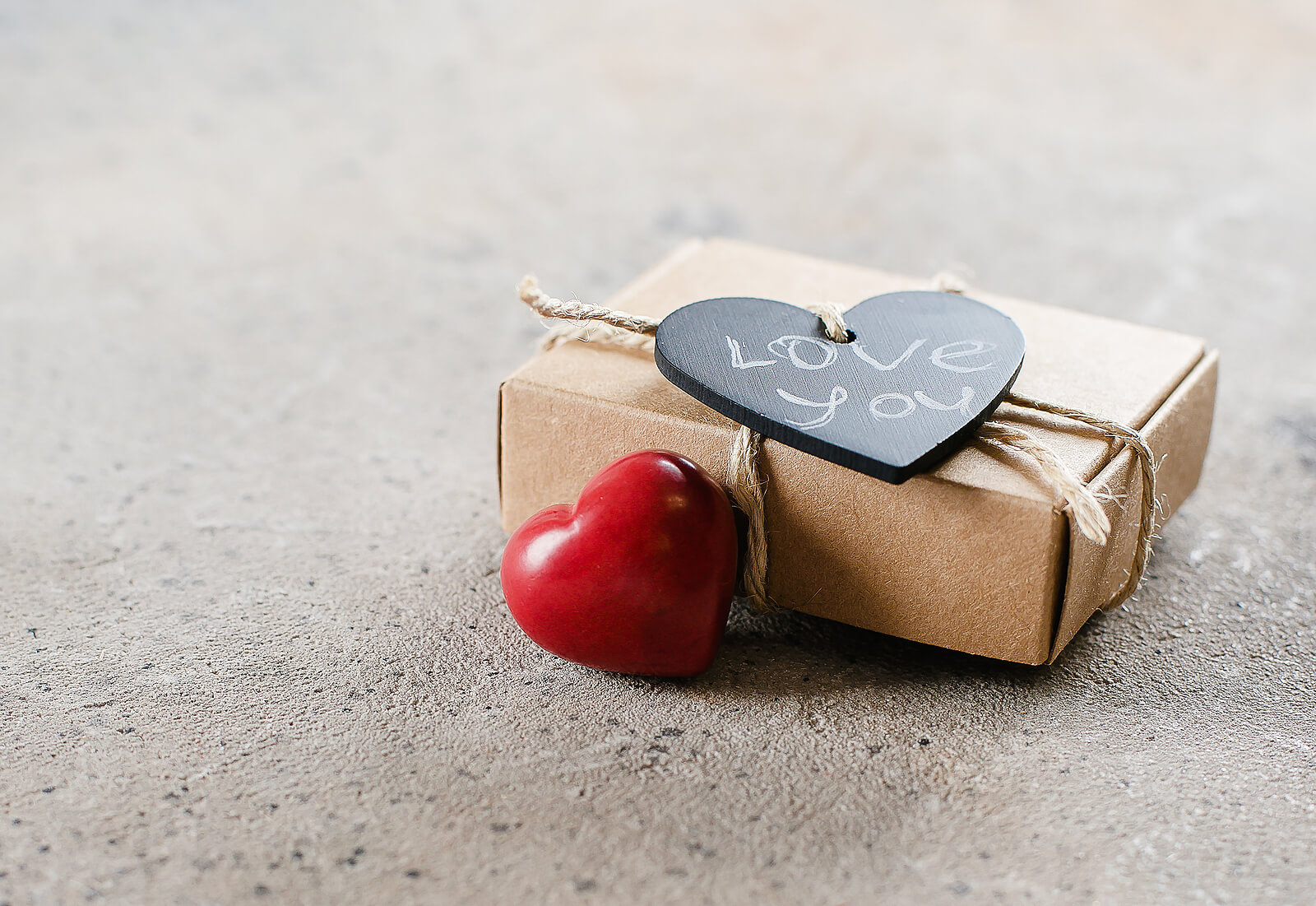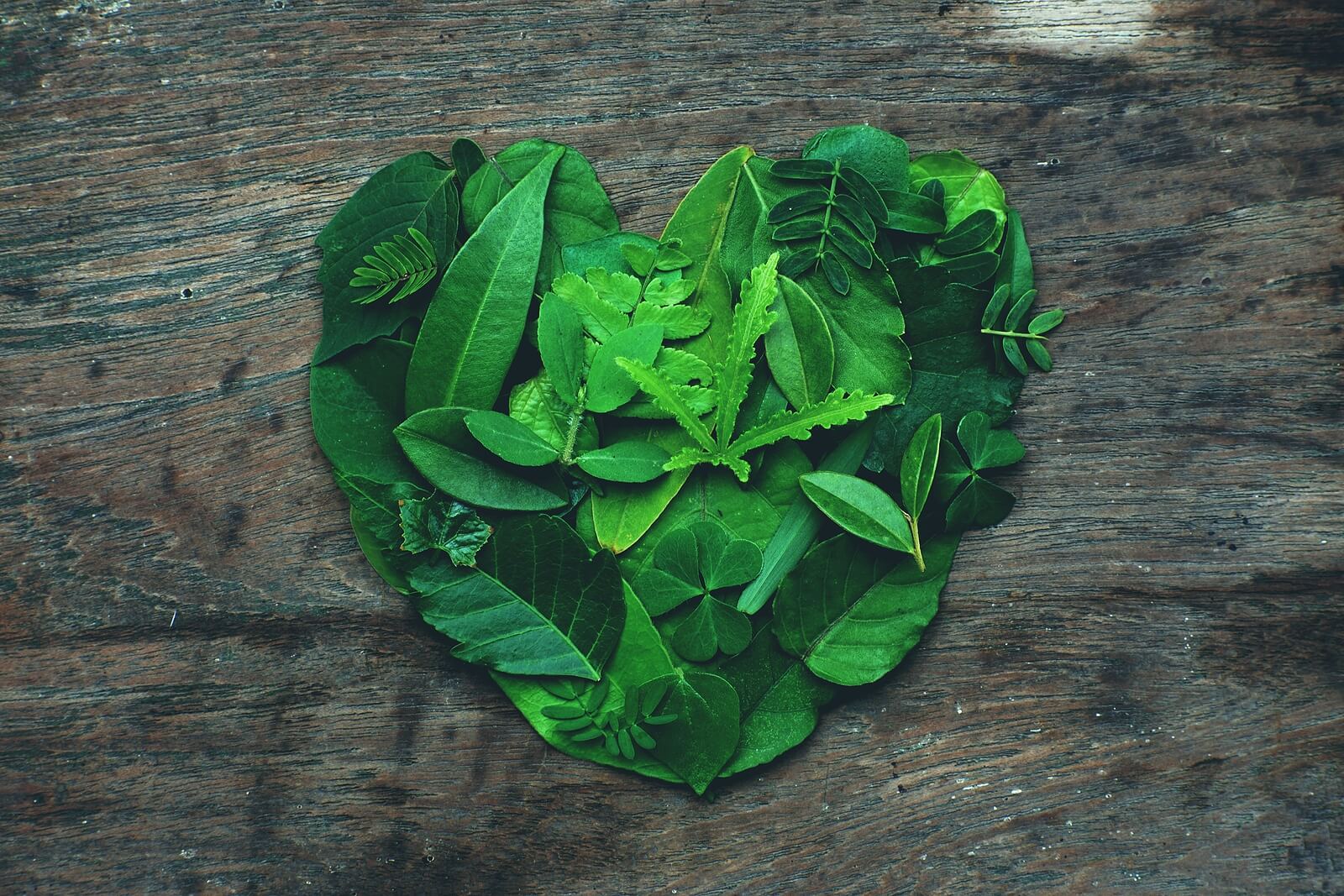Red might be the colour of love, but have you thought about going green this Valentine’s Day?
By this, I don’t mean go and swap your sweet red roses for green hellebores, but to consider how your romantic gestures on this day impact our planet.
Why do we celebrate Valentine’s Day?
Valentine’s Day is celebrated every year on 14 February. It’s a time to show your affection for another person or people (husbands, wives, best friends, etc) by spoiling them.
Think gifts of jewellery, chocolates, beautiful bouquets of flowers, and candlelit dinners for two. Braver souls will even venture outside of the chocolate box by staging outlandish events to express their love to another person.
The day gets its name from a famous saint – Saint Valentine. The popular belief about the patron saint of lovers, epileptics, and beekeepers is that he was a priest from Rome who lived in the third century AD.
He broke the marriage ban rules of Emperor Claudius II by arranging and performing marriages in secret so couples could still celebrate their love. When Claudius discovered Valentine’s surreptitious ways, he threw the hopeful romantic in jail and sentenced him to death.
Behind bars, his heart skipped a beat for the jailer’s daughter. When he was taken to be executed on 14 February, he sent her a love letter signed “from your Valentine”, which unwittingly spawned this amorous celebration.
Is Valentine’s Day bad for the environment?
A world without love is an empty one, but there’s no getting away from the fact that many of us get caught in the hype of Valentine’s Day.
This means we spend our pennies on throwaway gifts and decorations that aren’t kind to the environment, not to mention it comfortably being the second biggest holiday for exchanging greeting cards.
It’s hard to imagine Valentine’s Day without surprise flower deliveries, ‘scent’-imental fragrances, teddy bears and fine dining. Even though there’s no denying the heartfelt intent behind these actions, they’re simply not sustainable.
How much waste does Valentine’s Day produce?
Despite the restrictions imposed by the UK’s lockdown laws, around 76% of Brits still managed to celebrate Valentine’s Day in 2021. Every year in the UK, we send more than 25 million Valentine’s Day cards and splurge a whopping £650 million on gifts ranging from flowers to perfumes.
Many traditional Valentine’s Day presents such as chocolates in their plastic moulding are unable to be recycled, but the problem isn’t solely with the amount of waste produced. Flowers can clock up some serious air miles, while increased footfall in hotels and restaurants causes more fossil fuels to be burnt.
Whether it’s taking your better half out for a bite to eat or buying their favourite gemstone, here’s how you can also show Mother Earth a little bit of love.
Valentine’s Day flowers

You’ve probably never batted an eyelid at how florists manage to get so many roses in stock and beautifully presented in time for love’s young dream.
The stark reality is that roses are a summer flower in the UK, meaning these symbolic buds of romance must be imported from the likes of Kenya, Ethiopia, and Latin America (usually from gigantic farms). Three weeks of flower delivery results in 360,000 metric tons of CO2 emissions.
Even once they’ve landed, the CO2 emissions don’t stop there. The flowers are then put on a truck where they have to be refrigerated, which also requires a high energy output.
On top of the carbon emissions, bouquet flowers are often wrapped in thin plastic which can’t be recycled. If all of this wasn’t enough bad enough, cut floral arrangements are also grown with harmful agrochemicals and pesticides.
The solution is quite simple – buy locally produced, seasonal flowers so that you come up smelling of roses. In February, marigolds, primroses, and bluebells come into bloom, so do some research on florists in your area or visit your local farmers’ market.
Alternatively, you may want to consider a long-lasting house plant (providing it’s given due care and attention). As well as adding colour and vibrancy, they will also bring a welcome breath of fresh air to your loved one’s space.
If you and your partner are not afraid of getting your hands dirty, why not work together to create your own eco-friendly garden? Attract wildlife by filling your plot with native plants, and if you have the room, why not plant a tree? Trees absorb carbon dioxide from the atmosphere, which is a fantastic way to combat climate change and instantly improve air quality.
Valentine’s Day cards
No matter the occasion, cards are an environmental nightmare. Most come in single-use plastic wraps and plastic protective sheets, adding further to the non-biodegradable problem.
For those that love sending valentines cards adorned with a touch of sparkly glitter, it’s worth knowing that glitter is a microplastic that often ends up in our oceans and streams, as well as being harmful to our skin.
Creating a paper card requires deforestation to harvest lumber. When paper isn’t responsibly sourced from independently certified managed plantations, it can contribute to environmental destruction and loss of biodiversity.
Almost every stage of paper manufacturing requires large quantities of water and energy – it’s thirsty work. To make a single A4 sheet, you need between two and 13 litres of water, while one study found that the global paper industry eats up around 6.4 exajoules (EJ) of energy each year – enough to make some 87 trillion cups of tea!
Roses are red, violets are blue, get creative with recycled paper and PVA glue. That’s right. Make your own card that’s free from glitter and not wrapped in plastic. Be as imaginative as you like, making sure you use recycled or FSC (sustainable) paper.
A bespoke handmade card is a great way to make a loved one feel extra special, safe in the knowledge that nobody else in the world will be the recipient of an identical card.
Valentine’s Day chocolate
If there’s a fail-safe gift you can count on for the day of love, it’s an indulgent assortment of chocolates. In 2019, sweet-toothed Brits spent around £85 million on sweets for Valentine’s Day.
At least 70% of the world’s cocoa beans come from four West African countries: Ivory Coast, Ghana, Nigeria and Cameroon. Sadly, the chocolate trade is awash with bad ethics, from poor working conditions for workers, to the fact that the majority of chocolates contain palm oil.
This year, why not seek out a collection of fairtrade chocolates. Fairtrade stalwarts Divine tick all the boxes (quite literally). Owned by the farmers that produce the cocoa beans, their moreish goodies are free from palm oil and supplied in plastic-free packaging.
If you want to go the extra step to impress your loved one, why not have a stab at making your own chocolate truffles?
Valentine’s Day wine
The global carbon footprint of the wine industry is modest compared to other sectors. Despite this, in 2020, the UK imported just under 1.5 billion litres of wine. However, now is the time to get behind homegrown grapes.
With over 500 commercial vineyards in the UK and around 165 wineries, English wine is fast growing in popularity as local producers grapple with the challenges of British weather and unpredictable yields. If you want a bottle of bubbly to toast your sweetheart, then English sparkling wine, in particular, is being singled out for its quality.
Try and support British vineyards and wineries with recognised sustainability credentials, such as Oxfordshire’s oldest vineyard – Bothy Vinyard. For example, the company uses “light-weighted” bottles, and all the energy used in production is harnessed from renewable sources.
Of course, you will also be doing your bit for the planet by reducing your carbon footprint. Keep a lookout for wines that are either labelled organic or biodynamic as they avoid chemical fertilisers.
Valentine’s Day jewellery

Diamonds might be a girl’s best friend, but the jewellery industry is very much an antagonist in bad ethics and environmental destruction.
Gold mining relies heavily on toxic chemicals. The gold used to make a single gold ring produces 26 tons of mine waste – the weight of more than seven African elephants!
Think carefully about where you buy your pieces and support local, independent artisans, as this often makes it easier to find out where the materials are sourced. Many eco jewellers use recycled materials like 925 silver or scrap gold to stop materials ending up in landfill.
Valentine’s Day restaurants
This year, why not resist the urge to join the millions of couples that will go on dates to bars and restaurants by cooking a fancy three-course meal at home made of local ingredients.
Not only is this a romantic gesture that’s good for your bank account, but it’s also a huge positive for the environment. Think of the savings on electricity and food waste, while not forgetting the fossil fuel emissions produced getting to and from the venue.
If you can’t stand the heat of the kitchen, flex your appetite at a vegan eatery or a zero-waste restaurant. Fancy something off the cuff to add an element of surprise to your romantic tastebuds? Sign up for a food waste app such as Olio that connects users with local shops and cafes to save surplus food from ending up on the scrap heap.
Eco-Friendly Valentine’s Day gift ideas
While it’s important to show our affection to those that bring warmth and sunshine into our lives, (over)spreading the love comes at an environmental cost.
We need to learn how to channel this love into ethical and sustainable ideas. Here are three gifts that fulfil this criteria and offer something a little different.
4Ocean Bracelets
The Heart of the Ocean featured prominently in the 1997 film of the Titanic sinking, but you can pour your own heart into the clean ocean movement with these minimalist bracelets made out of recovered ocean plastic.
Treating the love of your life to one of these unique gifts funds the removal of one pound of trash from the ocean and coastlines.
Love Cocoa – The Vegan Chocolate Truffle Selection Box
Chocolate-making reputations don’t come much more decadent than the creator of Love Cocoa – James Cadbury (great-great-great-grandson of the founder of Cadbury’s chocolate).
These vegan-friendly chocolates are free from palm oil, slave-free, and arrive in eco packaging. Handmade in Great Britain, not only do they appeal to the environmentally conscious, they also taste delicious.
Hannah Marchant – Wildflower Plantable Seed Card
Made from plantable seed paper, the team loves this fun and biodegradable Valentine’s card from Hannah Marchant.
With its jolly heart pattern and cheery colours, it’s sure to bring a smile to your loved one, as well as create a long-lasting memory. A truly novel and eco-friendly way to watch your love grow.
